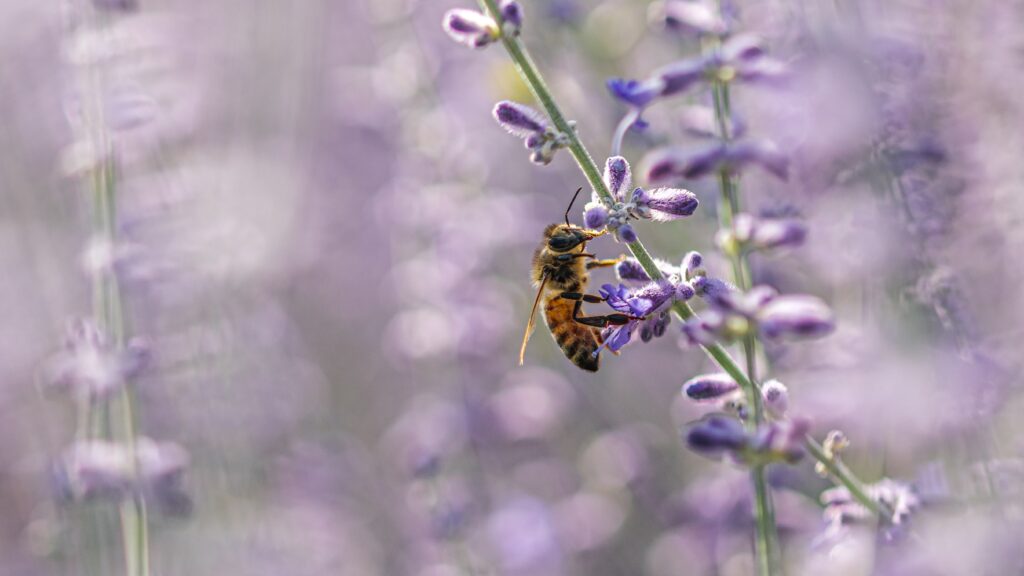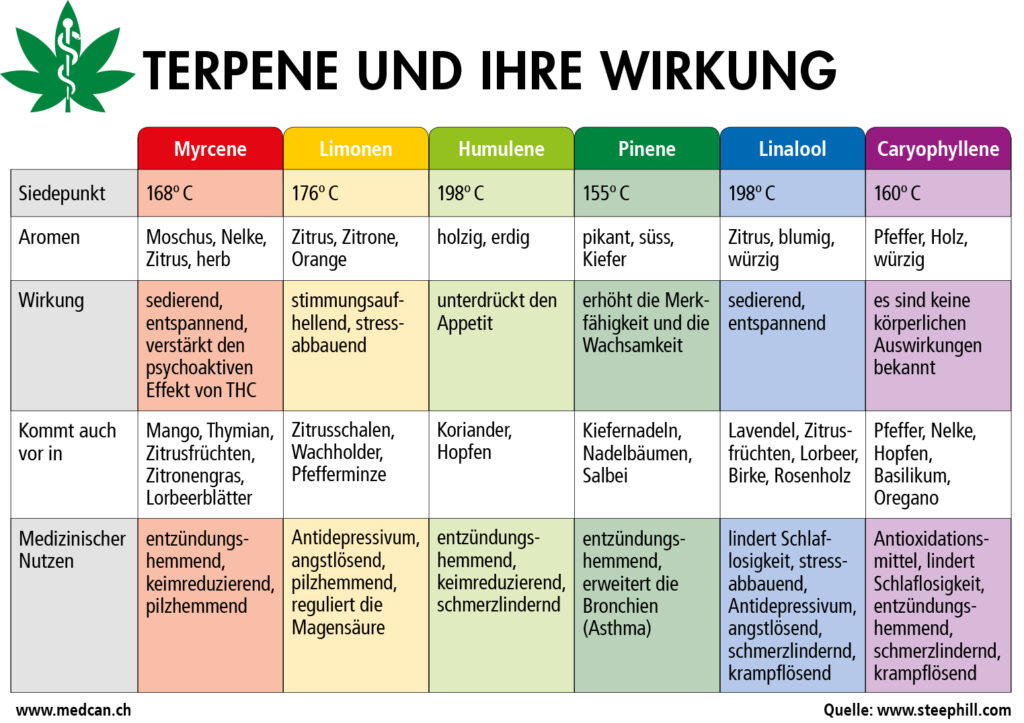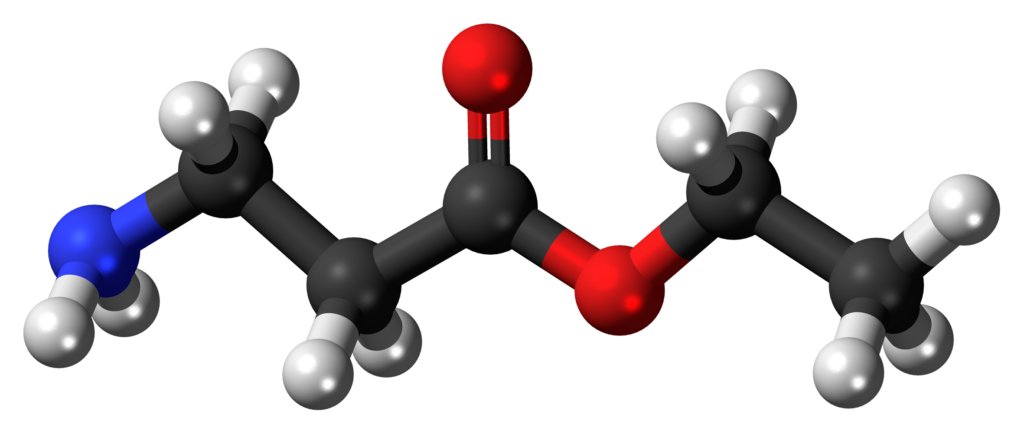
Cannabis is known for its different aromas and flavors. From citrusy notes to earthy nuances and floral scents, the range of smells and tastes that cannabis can produce is broad. But what exactly gives cannabis its distinctive scents? The answer lies in the terpenes. Terpenes are aromatic compounds found in many plants and are responsible for their unique smells and tastes. Enjoying the different flavors are also an essential part of cannabis consumption.
What are terpenes?
Terpenes are organic compounds found in many plants, including cannabis. They are responsible for the smells and tastes we associate with these plants. Terpenes are also found in essential oils and are used in many industries, such as cosmetics and perfumery. There are more than 20,000 known terpene compounds, and each has its own unique properties.
The role of terpenes in nature
Terpenes are a kind of natural defense mechanism for plants. Some terpenes are known to repel pests and insects, while others help protect plants from disease. The scents can also help pollinate plants by attracting pollinators.

Terpenes in cannabis
Cannabis contains a variety of terpenes, all of which help create the plant’s characteristic smell and taste. The variety of cannabis flavors is enormous: peppermint, cinnamon, pine, cocoa, lemon, grapefruit, mango, pineapple, blueberry, raspberry and much more. While it takes a lot of practice for a sommelier to pick up the scents of wines, it’s a different story with cannabis. The differences are so great that they are immediately noticeable.
So far, more than 200 terpenes have been detected in the hemp plant. The compounds that actually occur depend on genetics and growing conditions. Some of the most abundant terpenes in cannabis are myrcene, limonene, humulene, pinenes, linalool, and caryphyllene.

Research currently assumes that terpenes in themselves have an effect on the body – even independently of cannabinoids. In contrast to THC and CBD, however, this has hardly been researched.
What has already been demonstrated, however, is the role of terpenes in the “entourage effect”: the presence of terpenes alters and enhances the efficacy of cannabinoids, for example, in the treatment of anxiety disorders.
[1]
Therefore, so-called “full-spectrum products” are very popular. Unlike isolates or synthetic cannabinoids, these natural products contain all the active ingredients of the hemp plant.
Other fragrances in cannabis

Terpenes are not solely responsible for the scent of cannabis. There is a whole range of other chemical components that influence the aroma.
- Esters: These volatile compounds are known, for example, for the banana or strawberry scent they can create. Thus, the scent of the genetics “Strawberry Banana” is significantly influenced by the ester compounds present.
- Aldehydes: Aldehydes are found in vinegar, for example, and also have a significant influence on the aroma there. Exactly how they affect the scent of cannabis is still quite unclear. However, it has already been demonstrated that the aldehydes can characterize the aroma even in the smallest quantities.[2]
These two examples show that besides the interesting world of terpenes, there are many other exciting topics that should be investigated in more detail. Especially for breeding, but also for the more precise description and the conscious selection of the right variety for the highest enjoyment, a more detailed research of these fields is central.




